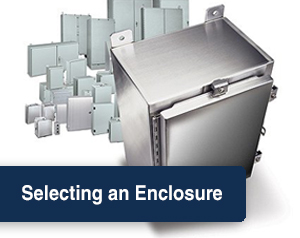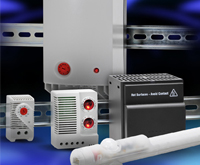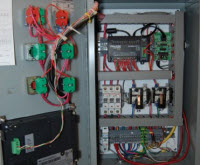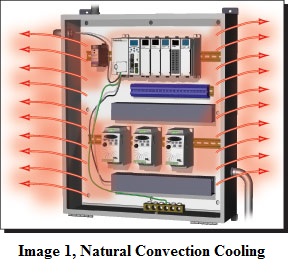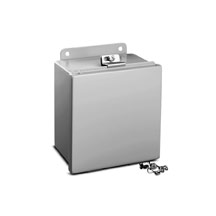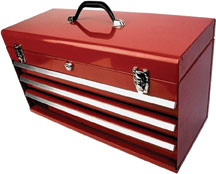+Tech TopicsAutomation NotebookEnclosures & AccessoriesEquipment SafetyIssue 26 – 2013Learning ResourcesNotebook IssueProductTechnology Brief
What to Know When Selecting an Enclosure
NEMA enclosures house all kinds of electrical components from simple terminal blocks, to industrial automation systems, to high voltage switchgear. In industrial automation systems, NEMA enclosures often house motor controls, drives, PLC/PC control systems, pushbuttons, and termination systems. Some enclosures are shaped to be operator consoles. AutomationDirect offers over 2,200 enclosure part numbers across NEMA…


